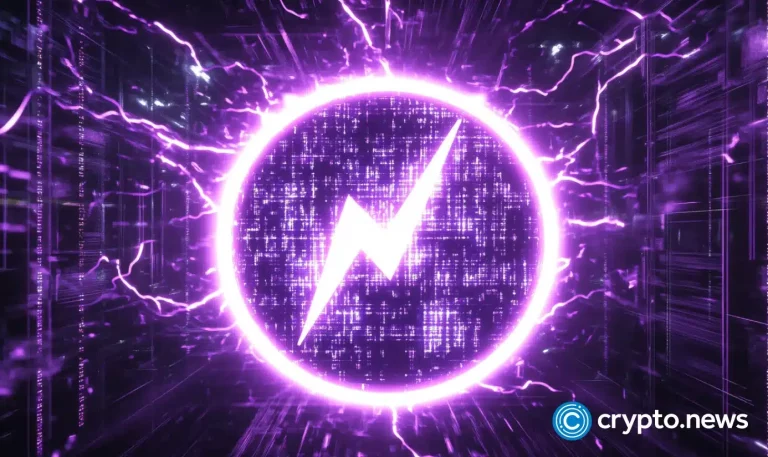Carl Frampton believes Tyson Fury stormed out of the ring following his defeat to Oleksandr Usyk because of Daniel Dubois.
Fury lost via unanimous decision in Saudi Arabia on Saturday night, with the 36-year-old suffering the second professional defeat off his career in the process.
The Gypsy King performed better than in the first bout back in May, which he lost via split decision.
But it was Usyk who came out on top, with the 37-year-old preserving his 100 per cent record as a professional in the process.

Boxing news: Carl Frampton believes Tyson Fury stormed out of the ring following his defeat to Oleksandr Usyk because of Daniel Dubois
PA
After the showdown at the Kingdom Arena, a dejected Fury decided to storm away from the ring without offering his verdict.
Dubois made his way inside the arena, with the Briton calling out Usyk for a rematch – having lost to the veteran last year.
Yet Frampton, speaking on TNT Sports, thinks the 27-year-old was the reason why Fury didn’t hang around.
He expressed a belief that Dubois’ actions were ‘disrespectful’ – especially given how the bout had ended just minutes previously.
JUST IN:Tyson Fury drops cryptic nine-word hint about retirement after crushing defeat to Oleksandr Usyk
While Fury shunned the post-fight interview, he did speak at a press conference.
And the heavyweight star admitted that he was frustrated by the outcome and accused the judges of giving Usyk a ‘Christmas gift’.
“The judges gave him a Christmas gift,” he fumed.
“I feel like I won both fights. I know I had to knock him out but it’s boxing and this happens. There is no doubt in my mind I won this fight.
RIYADH REACTION: Tyson Fury ‘robbed’ as boxing fans blast judges following Oleksandr Usyk defeat
“Frank [Warren] had me three or four rounds up and a lot of people had me up by at least two.”
As for Usyk, the Ukrainian was also asked about the controversial result.
Unsurprisingly, he was pleased to have been given the win, saying: “I win.
“I am not the judges, I don’t score the fights, but I win – thank you, God.”
LATEST SPORTS NEWS:

Boxing news: Daniel Dubois stormed into the ring following Tyson Fury’s defeat to Oleksandr Usyk on Saturday night
GETTY
On how he can get even better, he added: “Maybe I prepare and work hard?
“My wife help me.
“But today is a great today because my sons win competitions too in judo.
“My son said to me, ‘hey, Papa, you next.’ He was right.”

Boxing news: Tyson Fury appears to be considering retirement after his defeat to Oleksandr Usyk
PA
Usyk also indicated that he was open to fighting Dubois again, having got the better of the Briton last year.
As for Fury, the 36-year-old has hinted that he’s considering retirement after suffering the second professional defeat of his career.




























+ There are no comments
Add yours